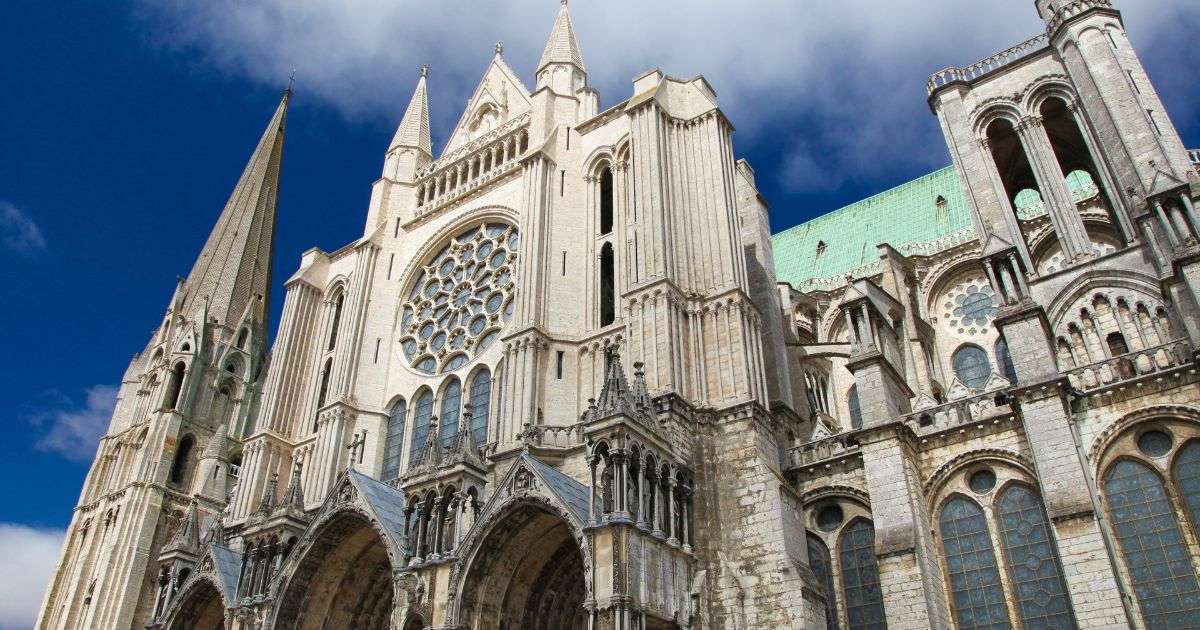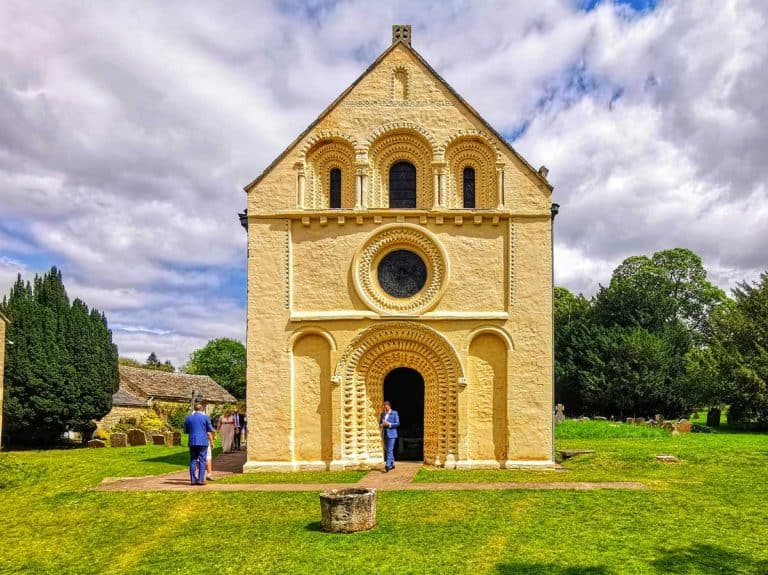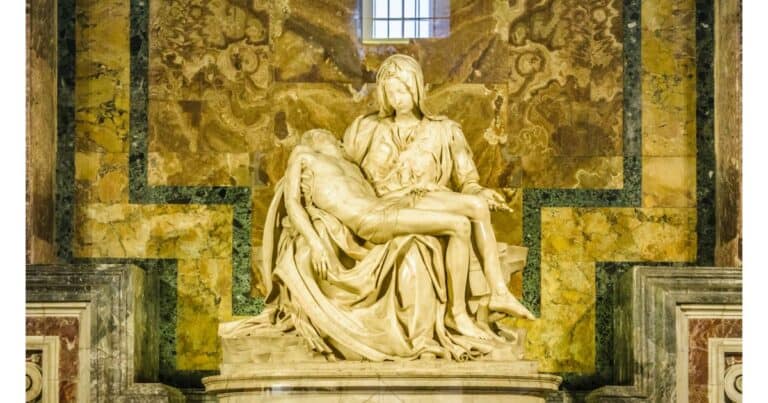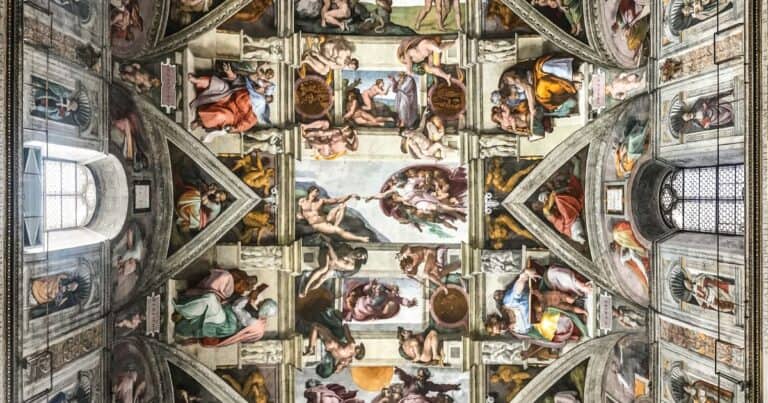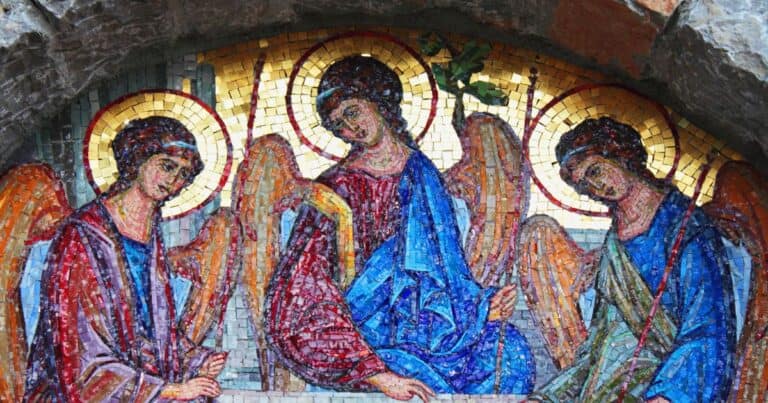Christian Architecture: From Ancient Roots to Modern Marvels
By Teresa Trumbly Lamsam, Ph.D.
As a young expat working in Germany, I was immediately struck by the beauty and grandeur of the historic churches and cathedrals that dotted the European landscape. I found myself drawn to these architectural marvels, and I made sure to tour them whenever I visited a new place.
I was fascinated by the massive scale of the architecture, and I couldn’t help but wonder how those towering roofs stayed in place. I marveled at the mathematical prowess of these early architects.
I also tried to learn to “read” the cathedrals, to find meaning in the symbols and intricate details that adorned their walls and windows. As I sat in the pews, my mind would wander back in time, imagining the skilled craftspeople who had poured their hearts and souls into building these awe-inspiring structures.
Arriving in each new city or village, the spires and steeples were always the first to catch my eye. Like beacons, they drew me in, sparking a fascination with Christian architecture that has stayed with me.
In this blog post, we will briefly tour Christian architecture. We’ll explore its rich history, key elements, and lasting societal impact. We’ll trace a story of faith, art, and architecture from humble beginnings to modern marvels.
So, whether you’re an architecture enthusiast, a history buff, or just plain curious, buckle up. We’re about to uncover the wonders of Christian architecture together.
The Genesis of Christian Architecture
When we think of Christian architecture, it’s easy to picture towering cathedrals with intricate stained-glass windows. But the roots of this architectural style are much humbler and deeply intertwined with the history of Christianity itself.
Early Christian Architecture
The earliest Christian structures were not grand cathedrals but rather simple house churches. In the first few centuries following the birth of Christianity, followers of the faith often met in private homes for worship. These early gathering places laid the foundation for what would become a rich tradition of Christian architecture.

As Christianity grew and became more accepted within society, its places of worship grew in size and intricacy. The influence of Roman and Byzantine architecture is evident in these early Christian structures.
For example, the Basilica of San Clemente in Rome showcases the basilica plan common in Roman public buildings. This plan would become a hallmark of Christian architecture, featuring a central nave flanked by aisles and ending in an apse.
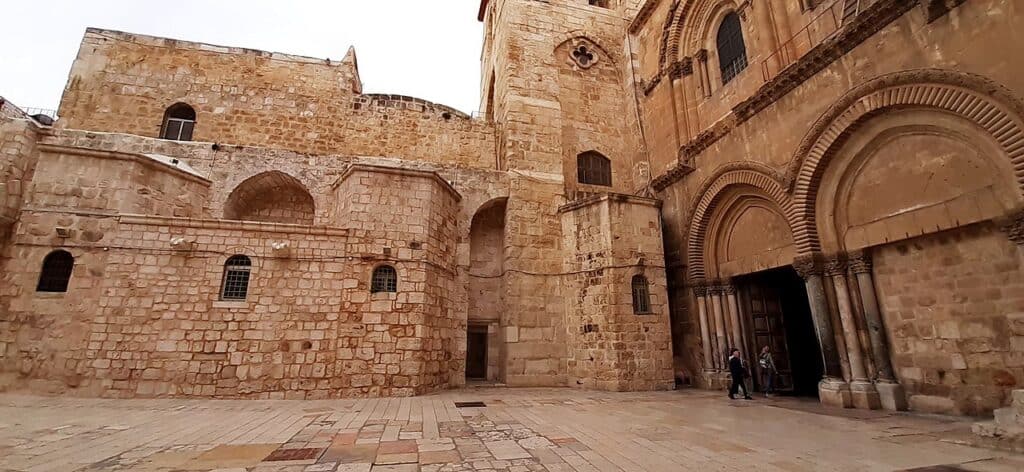
(Zeller Zalmanson Pikiwiki Israel, CC BY 2.5, via Wikimedia Commons)
A Spanish pilgrim to the Church of the Holy Sepulcher in Jerusalem, considered the holiest site for Christians, wrote about the wonders of the church:
The decorations are too marvelous for words. All you can see is gold, jewels and silk…You simply cannot imagine the number and sheer weight of the candles, tapers, lamps and everything elese they use for the services…They are beyond description, and so is the magnificent building itself. It was built by Constantine and…was decorated with gold, mosaic, and precious marble, as much as his empire could provide.
Transition to Medieval Architecture
The transition from early Christian to medieval architecture was marked by significant societal and religious changes. As Christianity spread across Europe, it began to absorb and reflect different regions’ artistic and cultural influences.
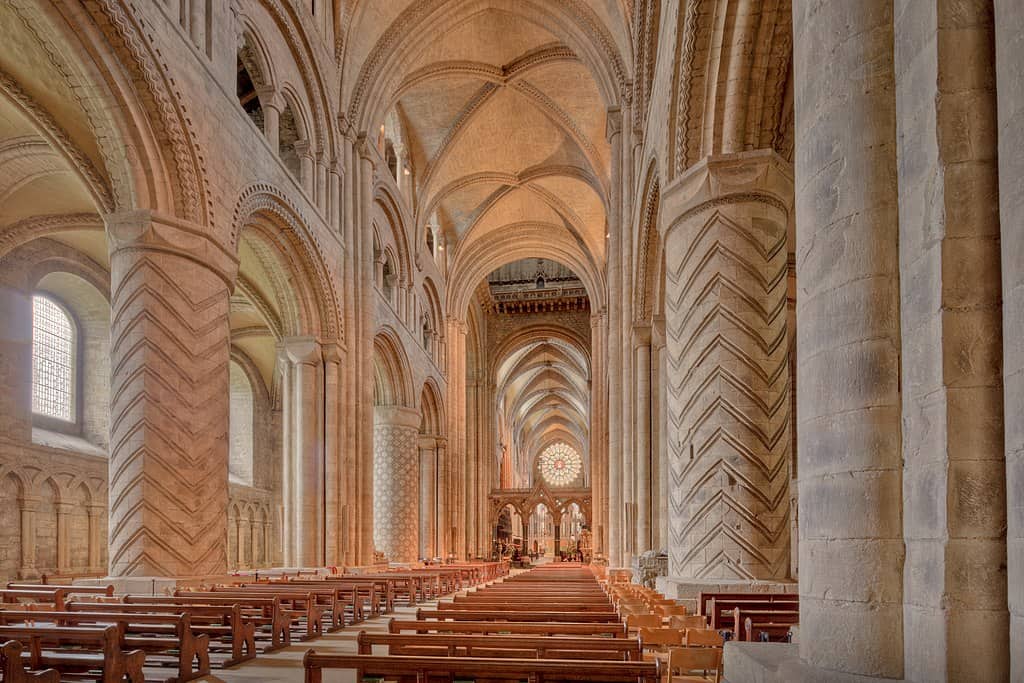
(Michael D Beckwith, CC0, via Wikimedia Commons)
The Romanesque style, characterized by its rounded arches and massive walls, was the first distinct style of medieval Christian architecture. During this period, the church plan evolved to include a transept, creating a cross-shaped layout that held symbolic importance.
The Gothic style followed, bringing innovations such as the pointed arch, the ribbed vault, and the flying buttress. These elements allowed for greater height and more expansive windows, creating the awe-inspiring cathedrals we associate with Christian architecture today.
Key Elements of Christian Architecture
Like a well-crafted story, Christian architecture is filled with recurring motifs and symbols. These elements, while often beautiful to behold, serve a deeper purpose. They are visual representations of the faith’s teachings and values. Let’s delve into some of these key elements.
Architectural Features
When you step into a Christian church, certain features immediately stand out. The nave, the central part of the church, is where the congregation gathers. It’s often flanked by aisles and leads to the transept, the arm of the cross in a cruciform church. You’ll find the apse at the end of the nave, a semicircular recess often housing the altar.
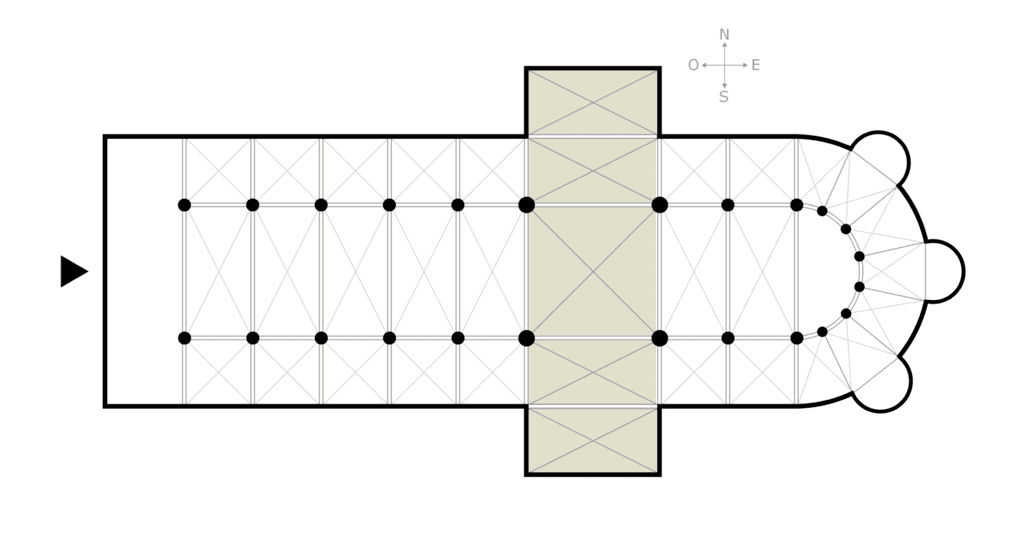
These elements are more than just architectural features. They are symbolic. The nave represents the path of righteousness, leading the faithful towards the altar, a symbol of communion with God.
Enjoy learning about: Early Christian Mosaics: Stories Pieced Together in Stone and Hue
Iconography and Decoration
Christian architecture is also rich in iconography. Stained glass windows, frescoes, and sculptures often adorn these sacred spaces, each telling a story from the Bible or the lives of saints.
Take, for example, the stained-glass windows of Chartres Cathedral in France. These vibrant windows are not just decorative elements. They are visual sermons, teaching the faithful about their religion’s history and values.

(Medieval artist, Public Domain, via Wikimedia Commons)
The use of iconography extends beyond storytelling. It’s also a reflection of the belief in the sanctity of beauty. In creating beautiful spaces for worship, architects and artists honor the divine.
Notable Examples of Christian Architecture
Christian architecture has created some of the world’s most iconic structures. While diverse in style and geography, these buildings all share a common thread: they are physical manifestations of the Christian faith. Let’s explore some of these notable examples.
You may also enjoy reading: Norman churches of England: Their place in the history of a new nation
Early Christian and Byzantine Structures
One of the most iconic examples of early Christian architecture is the Hagia Sophia in Istanbul. Originally built as a cathedral in the 6th century, it later served as a mosque and is now a museum. The Hagia Sophia is renowned for its massive dome, which seems to float above the structure, supported by a system of pendentives and semi-domes. This architectural marvel set the stage for future Byzantine structures and influenced Islamic architecture.

(Arild Vågen, CC BY-SA 3.0, via Wikimedia Commons)
Medieval and Gothic Cathedrals
The medieval period saw the rise of the Gothic style, characterized by pointed arches, ribbed vaults, and flying buttresses. These elements allowed for greater height and larger windows, filling the interiors with light. Notre Dame Cathedral in Paris and Chartres Cathedral in France are prime examples of this style. Their intricate facades, towering spires, and stunning stained-glass windows are a testament to the architectural prowess of the time.
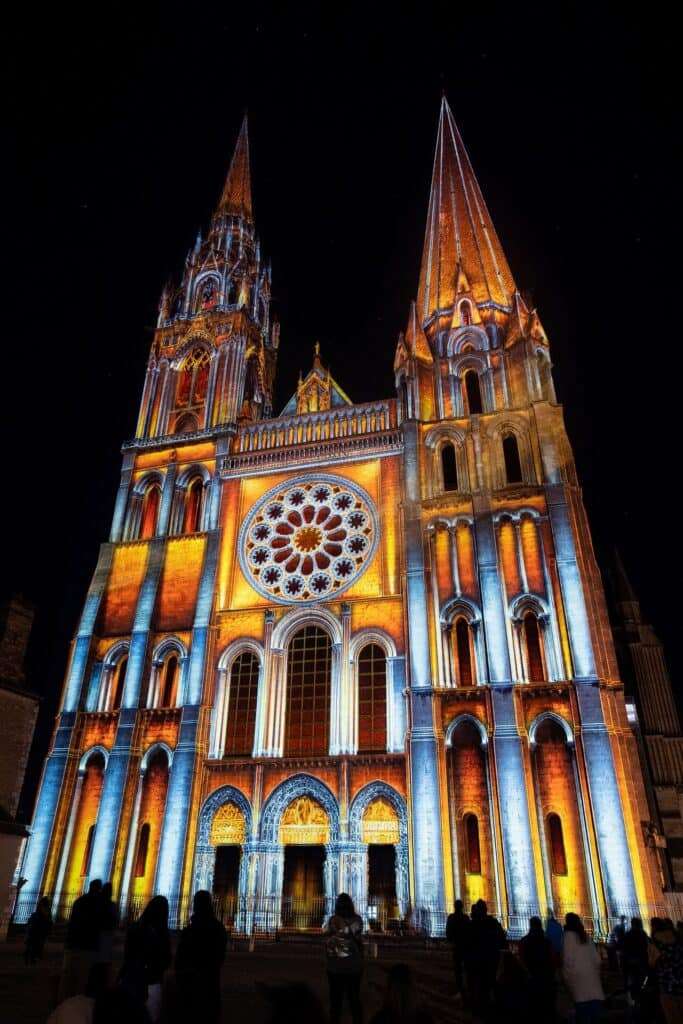
(Image by Herbert Bieser from Pixabay)
Modern Christian Architecture
Modern Christian architecture, while rooted in tradition, has embraced contemporary design philosophies. Take, for example, the Church of Light in Osaka, Japan. Tadao Ando designed this minimalist structure using light and shadow to create a serene, contemplative space. It’s a reminder that Christian architecture continues to evolve, reflecting the changing times and cultures in which it exists.
Impact and Importance of Christian Architecture
Christian architecture is more than just an expression of faith. It’s a cultural touchstone, a historical record, and a source of community identity.
Influence on Society and Culture
Christian architecture has played a significant role in shaping societies and cultures. Churches, cathedrals, and basilicas often serve as community centers, hosting a range of social and cultural events. They are places of worship but also places of celebration, mourning, and community gathering.
Moreover, these structures often contribute to a city’s or a town’s identity. Think of Paris without Notre Dame or Rome without St. Peter’s Basilica. These buildings are integral to the cultural fabric of their locales.
How Christian Architecture Mirrors Changes in Religious Thought
Christian architecture also serves as a visual record of theological shifts within Christianity. Changes in architectural style often reflect changes in religious thought. For instance, the transition from the Romanesque to the Gothic mirrored a shift in focus from the divine majesty of God to a more human-centered perspective.

The Future of Christian Architecture
As we look to the future, Christian architecture continues to evolve, reflecting contemporary design trends and societal values.
Trends in Contemporary Christian Architecture
Today’s Christian architecture often incorporates modern design elements, such as clean lines, open spaces, and innovative use of materials. Yet, these structures still maintain a sense of sacredness and reverence, embodying the timeless values of the faith.
Role of Sustainability in Christian Architecture
Sustainability is another key trend in contemporary Christian architecture. Architects are increasingly incorporating eco-friendly materials and energy-efficient designs into their projects. This reflects a growing recognition of the importance of environmental stewardship within the Christian faith.
Frequently Asked Questions (FAQs)
As we wrap up our exploration of Christian architecture, let’s address some common questions on the topic:
What is the architecture of Christianity?
Christian architecture refers to the architectural styles used in the construction of Christian places of worship. It has evolved over two millennia, reflecting different eras, cultures, and theological beliefs.
What are the major elements of Christian architecture?
Key elements of Christian architecture include the nave, transept, and apse. Decorative elements, such as stained-glass windows, frescoes, and sculptures, are also common.
What is an example of Christian architecture?
Examples of Christian architecture range from the Hagia Sophia in Istanbul, an iconic example of Byzantine architecture, to the modern Church of Light in Osaka, Japan.
Why is Christian architecture important?
Christian architecture is important as it serves as a physical manifestation of the Christian faith. It also plays a significant role in shaping societies and cultures, and reflects historical and theological shifts within Christianity.
Final Thoughts
Christian architecture, starting as simple house churches, has evolved into the awe-inspiring modern cathedrals we see today. This journey vividly depicts faith, art, and human creativity. It showcases the resilience of faith and the human spirit’s knack for artistic expression. One thing is certain as we gaze into the future: Christian architecture will persist as a source of inspiration, adapting and mirroring the era it inhabits.

Teresa Trumbly Lamsam, Ph.D., is an accomplished Social Scientist and Journalist. Passionate about establishing credibility in the digital realm, she champions transparent and trustworthy online content. She is dedicated to producing content that sparks curiosity and nourishes the heart and mind.

